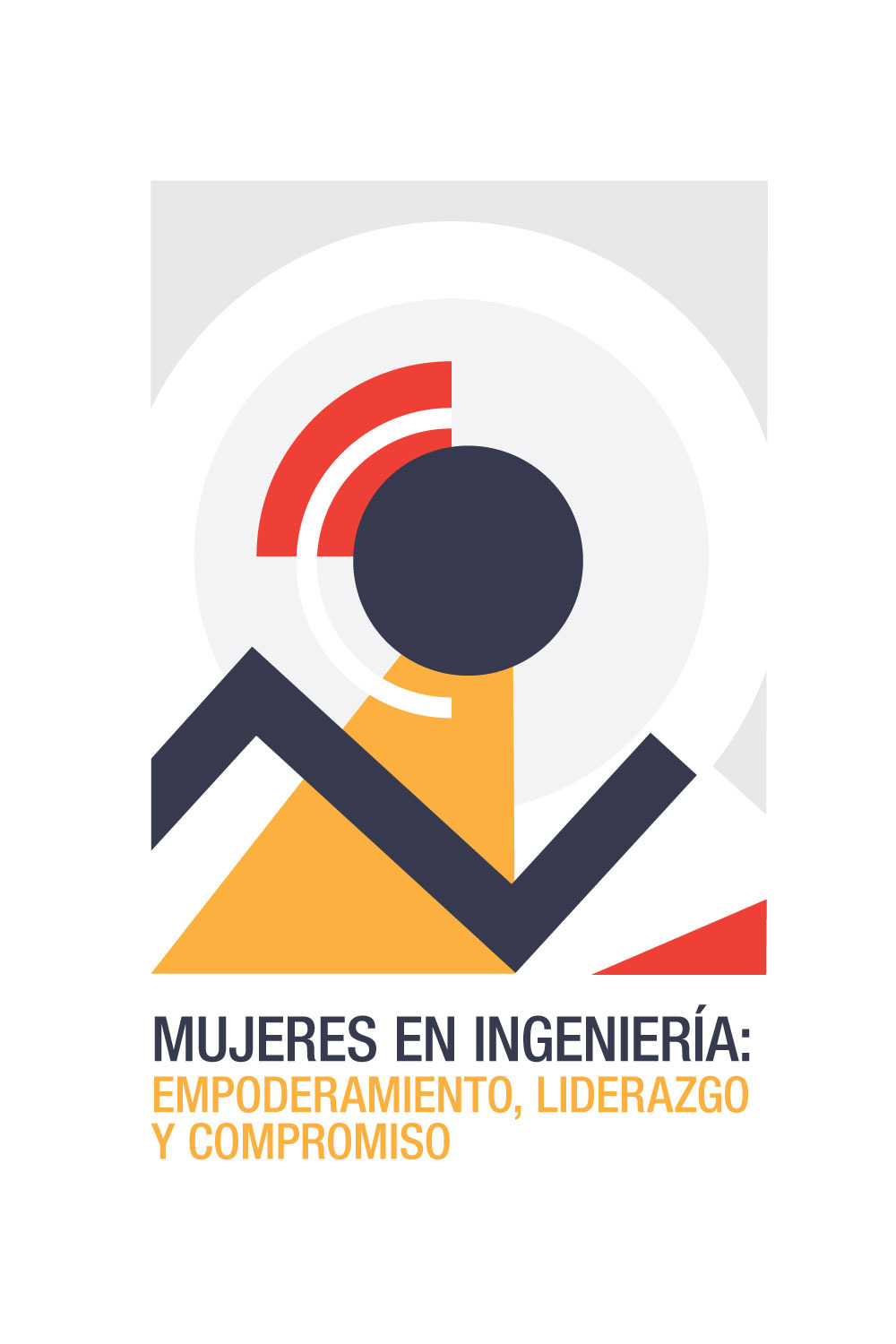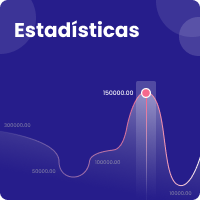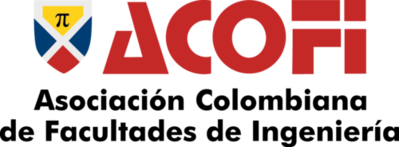ADAPTACIÓN REMOTA DE PRÁCTICAS DE CONTROL UTILIZANDO LABVIEW Y TEAMVIEWER
DOI:
https://doi.org/10.26507/ponencia.1913Resumen
I. Introducción
Uno de los principales desafíos en la enseñanza del control automático es proporcionar un balance adecuado entre la teoría y la práctica, por tanto, el laboratorio se convierte en una herramienta necesaria para el proceso de aprendizaje y su desarrollo dependerá de las restricciones de implementación de cada institución (Astrom & Lundh, 1992).
Según la modalidad de trabajo, los laboratorios se pueden dividir en presenciales, virtuales y remotos, teniendo que la tendencia actualmente es generar laboratorios de manera virtual y remota, sin embargo, los laboratorios virtuales y remotos requieren de tiempo para su adecuación y de la infraestructura adecuada para que pueda competir con las experiencias presenciales (Chevalier et al., 2017; Goodwin et al., 2003; Matijević et al., 2017; Perdukova & Fedor, 2011), lo cual eleva el costo de diseñar laboratorios o prácticas de este estilo.
Por otra parte, la situación actual de pandemia, obliga a los docentes a realizar adaptaciones rápidas y sencillas de sus laboratorios presenciales y debido al corto tiempo para dicha adaptación, se deben generar alternativas de bajo costo con las herramientas disponibles en cada institución.
En el caso del laboratorio y el trabajo final de la asignatura Control: Entrada-Salida de la Universidad Nacional sede Medellín, se adaptaron a su versión remota utilizando el software TeamViewer.
II. Descripción del laboratorio
El laboratorio y el trabajo final de la asignatura Control Entrada-Salida tienen como objetivo principal que el estudiante aplique los conceptos de la teoría de control, a la vez que, adquiera habilidades de lógica de programación mediante el software LabVIEW para generar soluciones propias ante un problema real de control.
Para la adaptación a modalidad remota se tuvo en cuenta que: se requiere de acceso a un computador con LabVIEW para comunicarse con las plantas y se necesita de una persona que encienda las plantas. Además, dado que solo se cuenta con dos plantas HVAC y dos plantas VTOL, no es posible que los estudiantes se lleven las plantas para sus casas.
III. Resultados
Se presenta la implementación de la adaptación remota del laboratorio de Control: Entrada-Salida, para la cual se utilizó el software TeamViewer para solucionar el problema del control remoto de los computadores con LabVIEW. Las adaptaciones remotas de las siete prácticas de laboratorio y del trabajo final de la asignatura se implementaron en el periodo 2020-2.
Inicialmente, se analizaron todas las sesiones de laboratorio que debían ser implementadas, para identificar las necesidades de hardware y/o software en cada una de ellas. De esta manera se realizaron los diseños e implementaciones necesarias para adecuar las prácticas existentes según los requerimientos.
Finalmente se realizó una encuesta a los estudiantes para conocer su opinión sobre el trabajo remoto. Se tabularon y analizaron los resultados para darle continuidad al trabajo remoto durante los semestres que sea necesario debido a la contingencia actual.
Descargas
Citas
Astrom, K. J., & Lundh, M. (1992). Lund control program combines theory with hands-on experience. IEEE Control Systems Magazine, 12(3), 22–30.
Chevalier, A., Copot, C., Ionescu, C., & De Keyser, R. (2017). A three-year feedback study of a remote laboratory used in control engineering studies. IEEE Transactions on Education, 60(2), 127–133. https://doi.org/10.1109/TE.2016.2605080
Goodwin, G. C., Medioli, A. M., Sher, W., & Welsh, J. S. (2003). Emulation based Virtual Laboratories : A Low Cost Alternative to Physical Experiments in Control Engineering Education. 54(1), 1–13.
Matijević, M. S., Jović, N. D., Nedeljković, M. S., & Čantrak, Đ. S. (2017). Remote labs and problem oriented engineering education. 2017 IEEE Global Engineering Education Conference (EDUCON), 1391–1396. https://doi.org/10.1109/EDUCON.2017.7943029
Perdukova, D., & Fedor, P. (2011). A Virtual Laboratory for the study of Mechatronics. Electrical Engineering, 163–166.
Descargas
Publicado
Cómo citar
Evento
Sección
Licencia
Derechos de autor 2021 Asociación Colombiana de Facultades de Ingeniería - ACOFI

Esta obra está bajo una licencia internacional Creative Commons Atribución-NoComercial-SinDerivadas 4.0.
| Estadísticas de artículo | |
|---|---|
| Vistas de resúmenes | |
| Vistas de PDF | |
| Descargas de PDF | |
| Vistas de HTML | |
| Otras vistas | |








